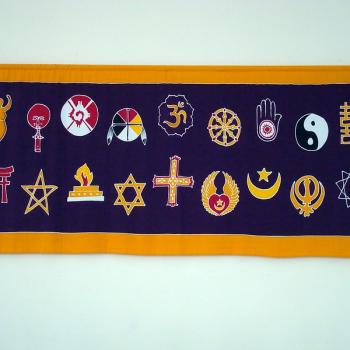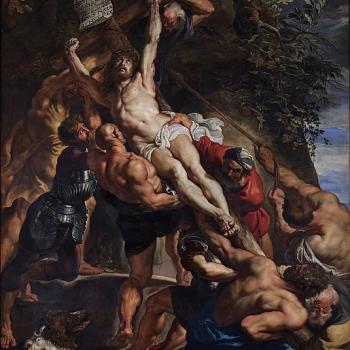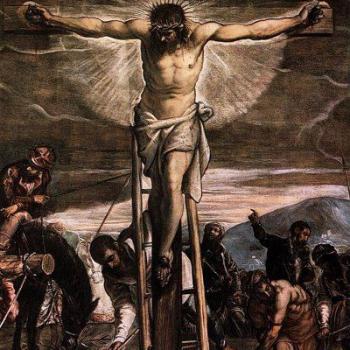In September 2012, Harvard Divinity School professor Karen King announced the discovery of a Coptic (ancient Egyptian) gospel text on a papyrus fragment that contained the phrase “Jesus said to them, ‘My wife . . .’ ” The world took notice. The possibility that Jesus was married would prompt a radical reconsideration of the New Testament and biblical scholarship.
Yet now it appears almost certain that the Jesus-was-married story line was divorced from reality. On April 24, Christian Askeland—a Coptic specialist at Indiana Wesleyan University and my colleague at the Green Scholars Initiative—revealed that the “Gospel of Jesus’ Wife,” as the fragment is known, was a match for a papyrus fragment that is clearly a forgery. . . .
Then last week the story began to crumble faster than an ancient papyrus exposed in the windy Sudan. Mr. Askeland found, among the online links that Harvard used as part of its publicity push, images of another fragment, of the Gospel of John, that turned out to share many similarities—including the handwriting, ink and writing instrument used—with the “wife” fragment. The Gospel of John text, he discovered, had been directly copied from a 1924 publication.”Two factors immediately indicated that this was a forgery,” Mr. Askeland tells me. “First, the fragment shared the same line breaks as the 1924 publication. Second, the fragment contained a peculiar dialect of Coptic called Lycopolitan, which fell out of use during or before the sixth century.” Ms. King had done two radiometric tests, he noted, and “concluded that the papyrus plants used for this fragment had been harvested in the seventh to ninth centuries.” In other words, the fragment that came from the same material as the “Jesus’ wife” fragment was written in a dialect that didn’t exist when the papyrus it appears on was made.
Mark Goodacre, a New Testament professor and Coptic expert at Duke University, wrote on his NT Blog on April 25 about the Gospel of John discovery: “It is beyond reasonable doubt that this is a fake, and this conclusion means that the Jesus’ Wife Fragment is a fake too.” Alin Suciu, a research associate at the University of Hamburg and a Coptic manuscript specialist, wrote online on April 26: “Given that the evidence of the forgery is now overwhelming, I consider the polemic surrounding the Gospel of Jesus’ Wife papyrus over.”
Having evaluated the evidence, many specialists in ancient manuscripts and Christian origins think Karen King and the Harvard Divinity School were the victims of an elaborate ruse. Scholars had assumed that radiometric tests would return an early date (at least in antiquity), because the Gospel of Jesus’ Wife fragment had been cut from a genuinely ancient piece of material. Likewise, those familiar with papyri had identified the ink used as soot-based—preferred by forgers because the Raman spectroscopy tests used to test for age would be inconclusive.

HT: Michael Horton (and see what he has to say about the controversy)















